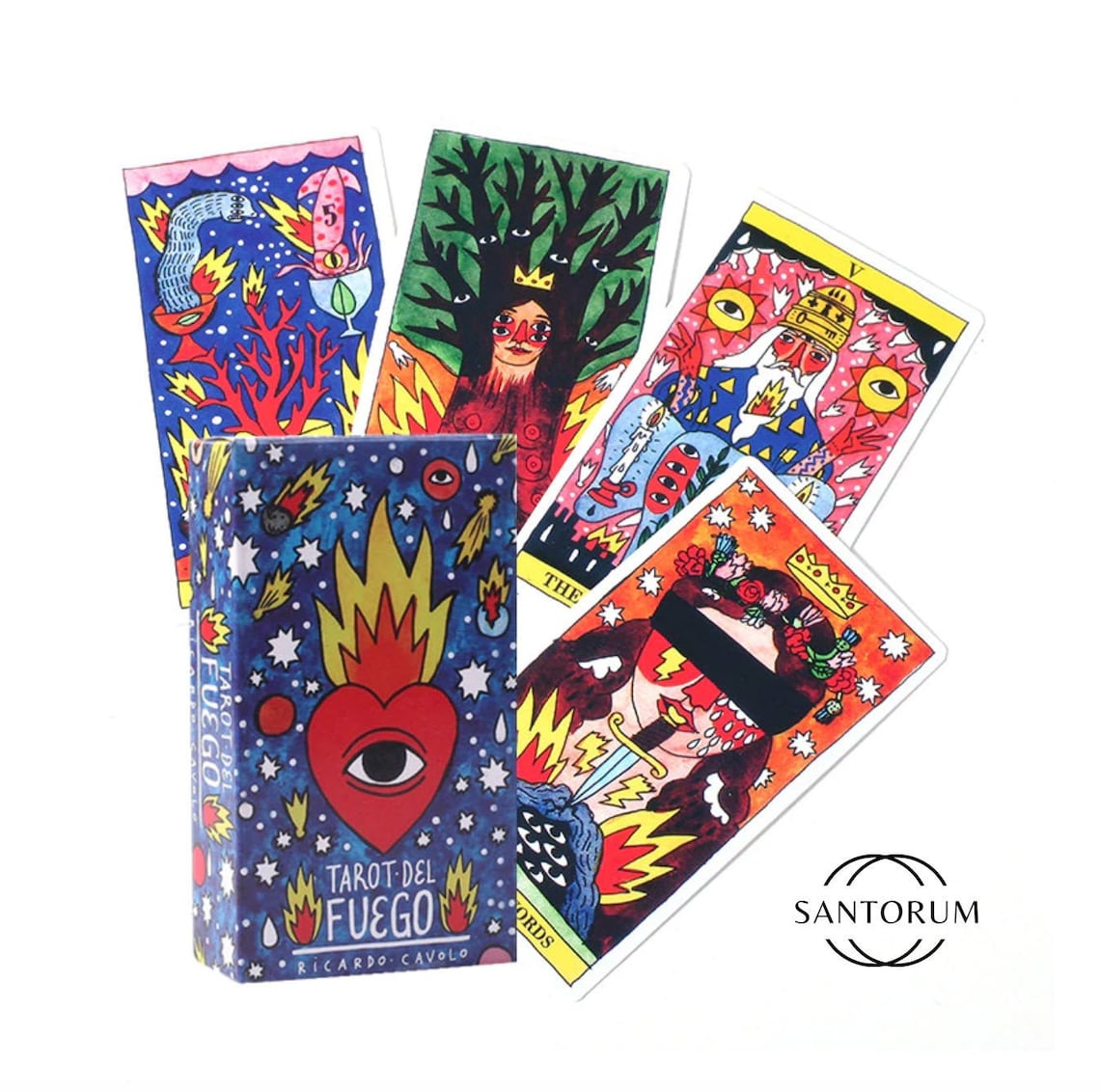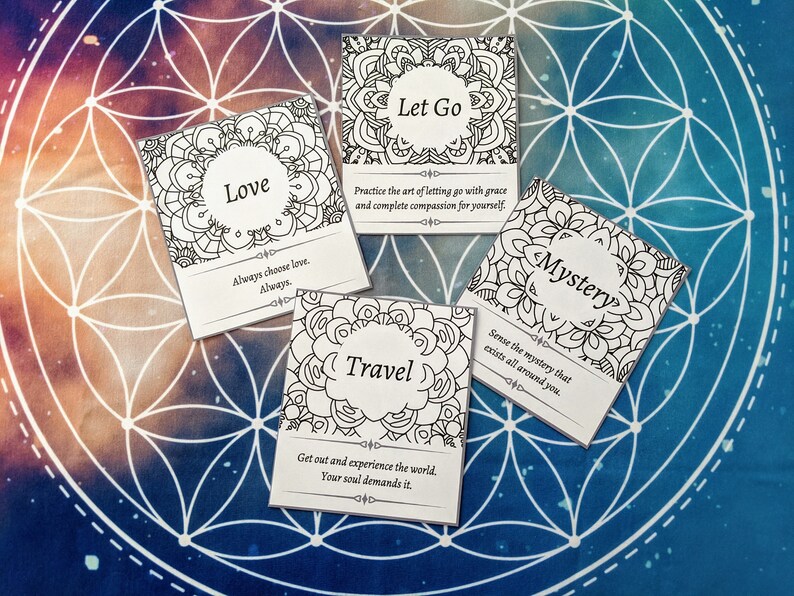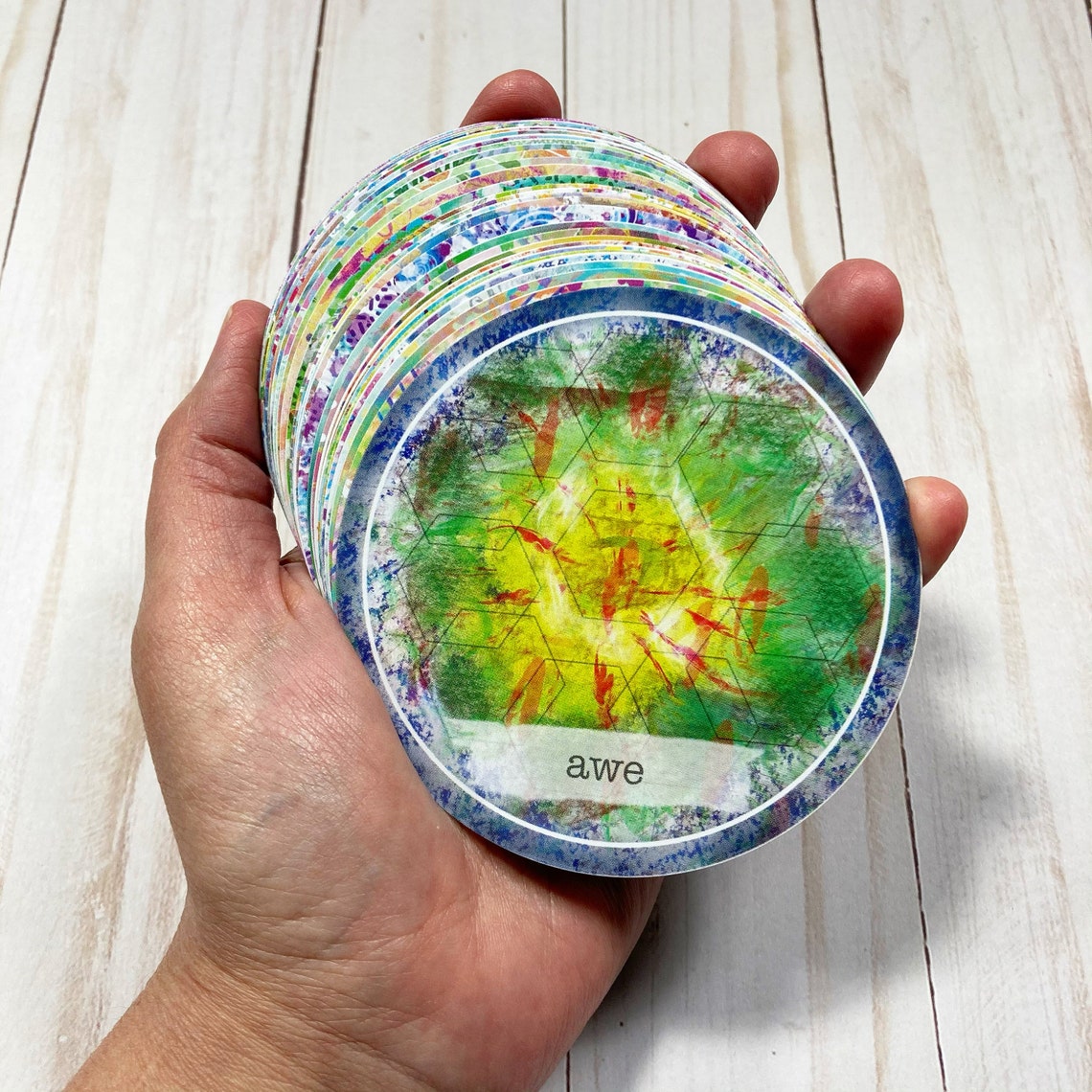

By designing monochromatically, you can easily see how well your text and calls to action stand out without wondering if one shade of color is distinguishable from another. Observe this original email in purple (center), with variations simulating red-green (left) and blue-yellow (right) color blindness:Īs you can see, the design looks stunning. While you don’t have to go black and white, sticking to one shade of color in your emails can help. The more contrast between your text and your background, the better for all audiences. If you find the text a little difficult to read, someone who finds it difficult to distinguish reds will have troubles as well. Make sure text stands out on colored backgrounds.Īs a general rule, you don’t want to use one shade of red text on top of another shade of red, regardless of whether you are considering design for a color-blind audience. Likewise, when offering a product in a variety of colors, adding labels beneath each of the options means that someone with color blindness will have less trouble determining what to choose amongst the group. The text may be helpful in distinguishing the choices, but it goes without saying that at first glance, it’s confusing as to which option you should choose. Do not try to convey specific messages through color aloneĬonsidering the above, here’s an example of what red and green selection buttons would look like to someone with red-green color blindness: While the differences in how your color blind audience sees your email messages can be dramatic, designing for the color blind can be done without revamping existing color schemes. Best practices for designing email for color blind audiences These are the things you need to know when highlighting specific portions of your email content with color, on colored backgrounds. It’s most especially noticeable with the text that was meant to stand out in pink. And speaking of a loss of pop, look at this comparison, with the example on the right as seen through the eyes of someone who cannot distinguish greens and purplish-reds – a rarer color blindness also known as deuteranopia:Īgain, while it’s still legible, it loses a lot of its contrast. The only difference is the areas with red no longer pop like they did before. Here’s a comparison of a very-colorful email would look to those with red-green color blindness:Īs you can see, the email is still legible. Let’s take an example newsletter design run through a color blindness simulator. How email newsletters appear to the color blindĭesigning with color blindness in mind does not mean removing color completely from the picture, but it does mean taking into consideration the areas you want to truly stand out. It’s one of the reasons that Facebook is blue – because founder Mark Zuckerberg experiences red-green color blindness, thus making blue the color he sees best. And it’s especially true if your target audience is male, since 8% (1 out of 12) experience red-green color blindness, compared to 1 out of 200 women. If 4.5% of the entire population is affected by color blindness, then it is definitely something you should consider in all design projects – including email design work.

People who experience this do not see a complete lack of color where reds and greens appear, but instead, they have a harder time distinguishing the two colors from each other as the reds will look like greens. The most common type of color blindness is red-green color blindness, also known as protanopia. 99% of color blind people can see some color – complete color blindness (also known as monochromacy) is actually quite rare. The reason there are so many different tests is that there are several different types of color blindness. How common is color blindness?Ĭan you find the numbers on these six plates? If so, then you may be fortunate enough to not be one of the 2.7 million people (4.5% of the entire population) affected by color blindness as judged by the Ishihara Test, a color perception test consisting of 24 – 38 plates like the ones above. Along the way, we’ll provide some practical tips to help you create more accessible email designs. To give you an idea of how email newsletters are seen by people with color vision deficiencies, we’ve simulated what a variety of email newsletters would look like to those with red-green color blindness and deuteranopia.
Color oracle mac how to#
Yet despite this prevalence, remarkably little has been said about how to choose colors for accessibility.

To put this into perspective, that’s roughly the same number of people who use or Yahoo! Mail. Article first published in September 2014, updated July 2019Īlmost 5% of the population is color blind.


 0 kommentar(er)
0 kommentar(er)
